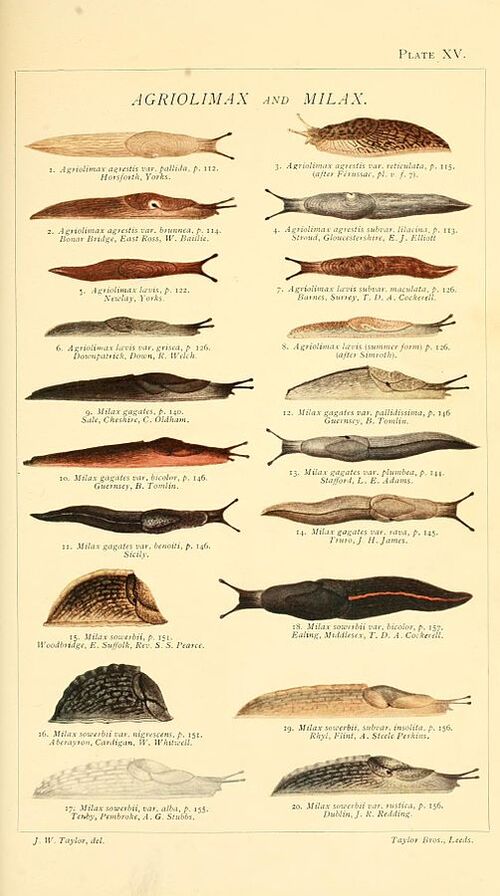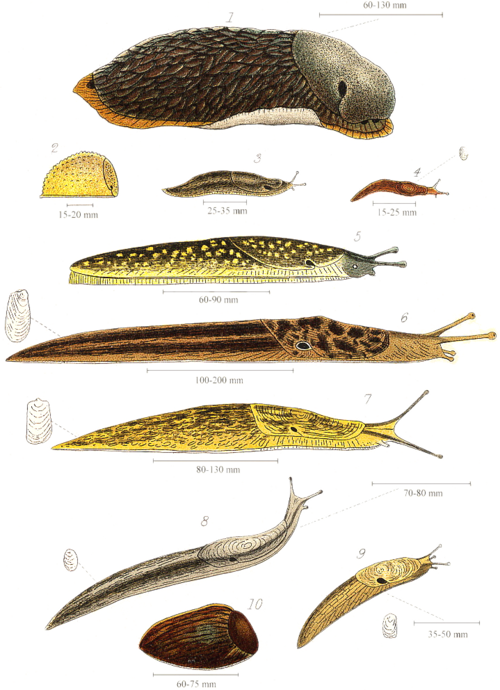Slugs are slow-moving, slimy mollusks found in gardens, forests, and damp environments worldwide. While many gardeners consider slugs to be pests due to their appetite for plants and vegetables, they also play a vital role in the food chain as prey for various animals. Knowing what animals eat slugs can help in natural pest control and maintaining a balanced ecosystem. This article explores the natural predators of slugs and how these animals contribute to slug population control.

Before delving into their predators, it’s helpful to understand what slugs are. Slugs are soft-bodied, land-dwelling mollusks, closely related to snails, but without the external shell. They are mostly active at night or in moist environments, feeding on a wide variety of organic matter, including leaves, flowers, fruits, and decaying vegetation. Slugs are particularly notorious for damaging gardens, making them unwelcome visitors for many homeowners.
However, in the wild, slugs are an essential food source for a range of animals, from insects to larger mammals. Below, we’ll break down some of the most common animals that prey on slugs.
Birds are among the most effective slug predators. Many species of birds enjoy slugs as part of their diet, especially in environments where slugs are abundant.
Thrushes: Song thrushes are particularly well-known for their love of slugs and snails. They use stones to crack open snail shells, but slugs, with no shell, are an easier meal.
Blackbirds: Blackbirds are another common garden bird that feeds on slugs, especially during the breeding season when they need a high-protein diet for their chicks.
Robins: Robins are frequent visitors to gardens and are known to eat smaller slugs, especially after rain when slugs are more likely to be out in the open.
Several types of insects, particularly beetles, are natural enemies of slugs.
Ground Beetles: These carnivorous beetles are excellent slug hunters. Both adult beetles and their larvae feed on slugs, and they are often found in gardens, forests, and moist environments.
Rove Beetles: Another insect predator, rove beetles are known for consuming slugs, especially small slugs and their eggs.
Amphibians, especially frogs, toads, and newts, are common predators of slugs. They thrive in similar moist environments, making slugs an ideal food source.
Frogs and Toads: Both frogs and toads are voracious feeders on slugs, especially at night when slugs are most active. These amphibians are particularly beneficial to gardeners as natural pest control.
Newts: Newts, particularly in wetland and pond environments, often eat slugs as part of their varied diet.
Several mammal species also include slugs in their diets, helping to control slug populations in both wild and urban settings.
Hedgehogs: Hedgehogs are one of the best-known mammalian predators of slugs. They are particularly fond of slugs and play an important role in natural pest control in European gardens.
Shrews: Shrews are small, insectivorous mammals that consume slugs as part of their diet. They are active hunters of invertebrates and help keep slug numbers in check.
Moles: Although primarily known for eating earthworms, moles will also consume slugs if available. Their underground burrows bring them into contact with slugs in the soil.
Reptiles, particularly certain types of lizards and snakes, also feed on slugs.
Slow Worms: Despite their name, slow worms are not worms but legless lizards. They are highly effective predators of slugs and snails, making them beneficial to gardens.
Nematodes, or roundworms, are microscopic creatures that can parasitize slugs. Certain species of nematodes, like Phasmarhabditis hermaphrodita, are natural biological control agents. These nematodes infect slugs, reducing their population without harming plants or other animals.

By encouraging natural slug predators in your garden, you can reduce the need for chemical pesticides and create a more balanced ecosystem. Here are a few ways to attract these helpful animals:
Create a Wildlife-Friendly Garden: Plant a variety of native plants to provide food and shelter for birds, insects, and amphibians that prey on slugs. Avoid using pesticides that can harm these beneficial predators.
Provide Water Sources: Frogs, toads, and birds are more likely to visit a garden with accessible water sources, such as ponds, birdbaths, or small water features.
Build Shelter: Encourage mammals like hedgehogs and amphibians by providing natural shelter. Piles of leaves, log stacks, and garden compost heaps can offer hiding spots for these slug-eating animals.
Avoid Over-Cultivating: Ground beetles and other insects thrive in less disturbed soil. By avoiding over-cultivation and leaving some natural debris in your garden, you provide a habitat for these important slug predators.
Slugs, while often considered garden pests, are an essential part of the food chain for many animals. Birds, insects, amphibians, mammals, reptiles, and even microscopic nematodes all contribute to controlling slug populations. By encouraging these natural predators in your garden or surrounding environment, you can maintain a balanced ecosystem and reduce the need for chemical pest control. The more you understand the role these animals play, the better equipped you’ll be to promote a healthy, slug-managed habitat.
animal tags: Slug
We created this article in conjunction with AI technology, then made sure it was fact-checked and edited by a Animals Top editor.